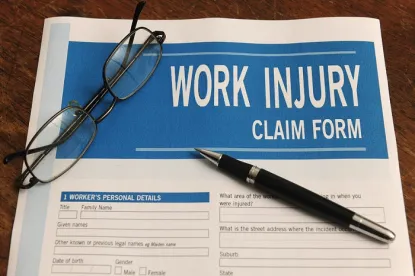The first six months of the new year will be busy ones for the Occupational Safety and Health Administration if rules included in the agency’s semi-annual regulatory agenda are released as scheduled.
Of greatest concern is OSHA’s plan to release a final rule on crystalline silica in February 2016. A comprehensive health initiative, the regulation is expected to have far-reaching implications since silica is widely used in general industry as well as the maritime and construction sectors.
OSHA preliminarily estimated the cost of the proposed rule to be $664 million per year, but with $2.8 million to $4.7 million annually in benefits. Those figures are sharply disputed by industry, which claims costs would far exceed benefits for a rule that is not needed in the first place. Better compliance and enforcement of the existing permissible exposure limit would minimize deaths and disease from silica-related disease, the rule’s critics assert. If the rule goes forward as proposed, legal challenges are a virtual certainty.
Two rules are set for final action in March 2016. One is an effort to improve tracking of workplace injuries and illnesses. It involves modifying 29 CFR Part 1904.41 to expand OSHA’s authority to collect and make available required injury and illness information. It also would modify 29 CFR Part 1904.35 to clarify employees’ right to report injury and illnesses to their employer without fear of retaliation. The second measure would update an OSHA standard on eye and face protection to bring it into line with the 2010 edition of the American National Standard, Z87.1 Eye and Face Protection for general industry and shipyard employment, longshoring, marine terminals, and construction industries.
A long-evolving rule on walking working surfaces and personal fall protection systems is set for release in April. OSHA proposed a rule on the subject in 2003 and 2010, after concluding that its initial proposal in 1990 had become obsolete. The regulation deals with slip, trip, and fall hazards and establishing requirements for personal fall protection systems.
Regulations governing whistleblower statutes designed to protect seamen and employees in financial services and food safety, motor vehicle transportation, and healthcare are scheduled for finalization either in December or in January 2016.
OSHA also announced it has scheduled two proposed rules for release in March. One would amend the agency’s respiratory protection rule to allow incorporation of new quantitative fit test protocols. Fit testing is a procedure designed to select a respirator that best fits the wearer’s face, thus assuring airborne toxins the mask is designed to protect against do not leak into the face piece during inhalation. A second construction industry-directed proposal will identify criteria for employers to follow to ensure crane operators are completely qualified to operate cranes safely on construction work sites.
In April, OSHA plans to release a series of amendments to its cranes and derricks in construction standard; and in May, also focused on construction, an initiative to identify and eliminate unnecessary, duplicative provisions or paperwork requirements of OSHA regulations.
The agency has not given final release dates for rules on beryllium and clarification of an employer’s continuing obligation to maintain accurate records of each recordable injury and illness. OSHA said it would work this month to “analyze comments” that were provided for these items during the proposed rule stage.




 />i
/>i

